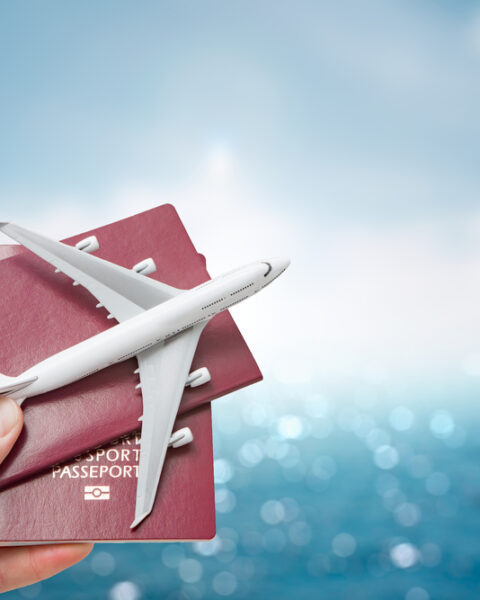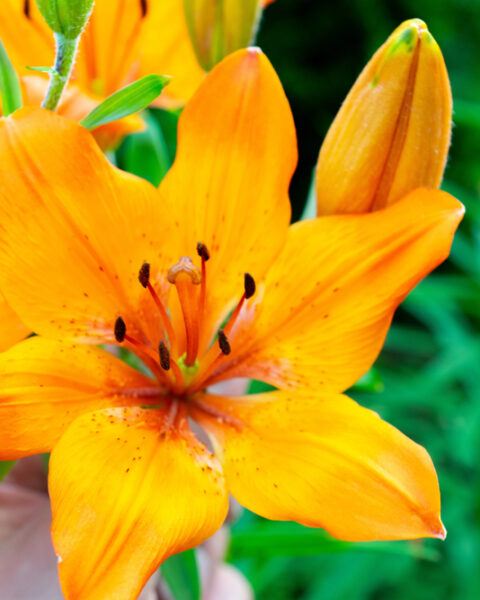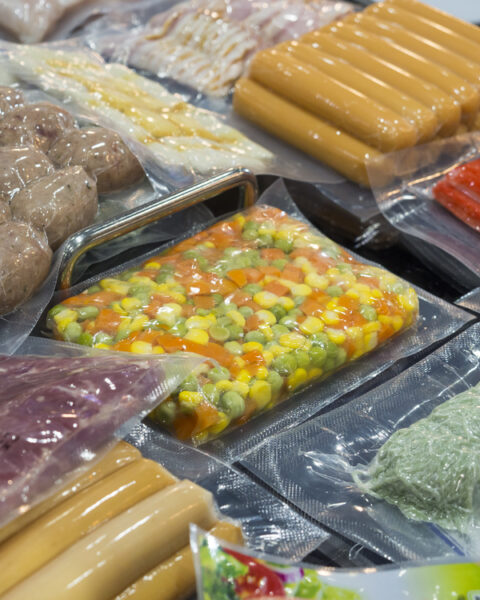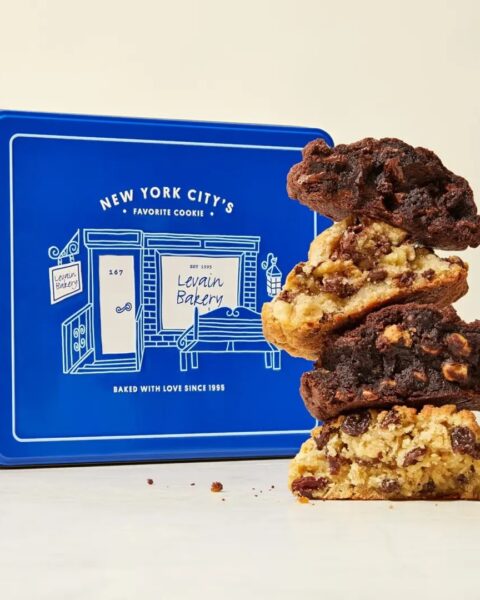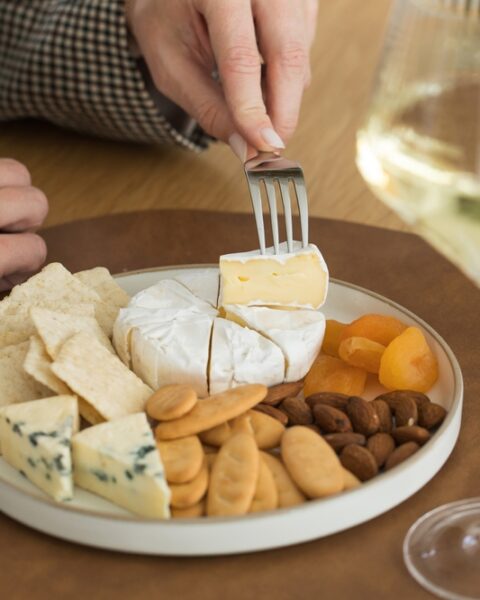Nonstick cookware is one of those kitchen staples that makes life so much easier—until it doesn’t. A few small mistakes here and there can quickly turn that slick, effortless surface into a frustrating mess. To keep your pans working like a charm and cooking up your favorite meals, it’s worth knowing what not to do. From using the wrong utensils to overheating the pan, these common errors can sneak up on anyone. Let’s keep your nonstick cookware in top shape with some simple tips to avoid these pitfalls!
Contents
- 1 Cooking Over High Heat
- 2 Using Metal Utensils
- 3 Using Nonstick Cooking Sprays
- 4 Preheating an Empty Pan
- 5 Cleaning with Abrasive Materials
- 6 Washing in the Dishwasher
- 7 Storing Pans Improperly
- 8 Cutting Food in the Pan
- 9 Cooking Acidic Foods Frequently
- 10 Using High Heat in the Oven
- 11 Leaving Residue After Cleaning
- 12 Rapid Temperature Changes
- 13 Disposing of Damaged Pans Incorrectly
- 14 More From RetailShout
- 15 10 Fresh Aldi Finds to Kick Off January 2025
- 16 10 Mouthwatering Baby Back Ribs Recipe for Grilling or Baking Perfection
Cooking Over High Heat
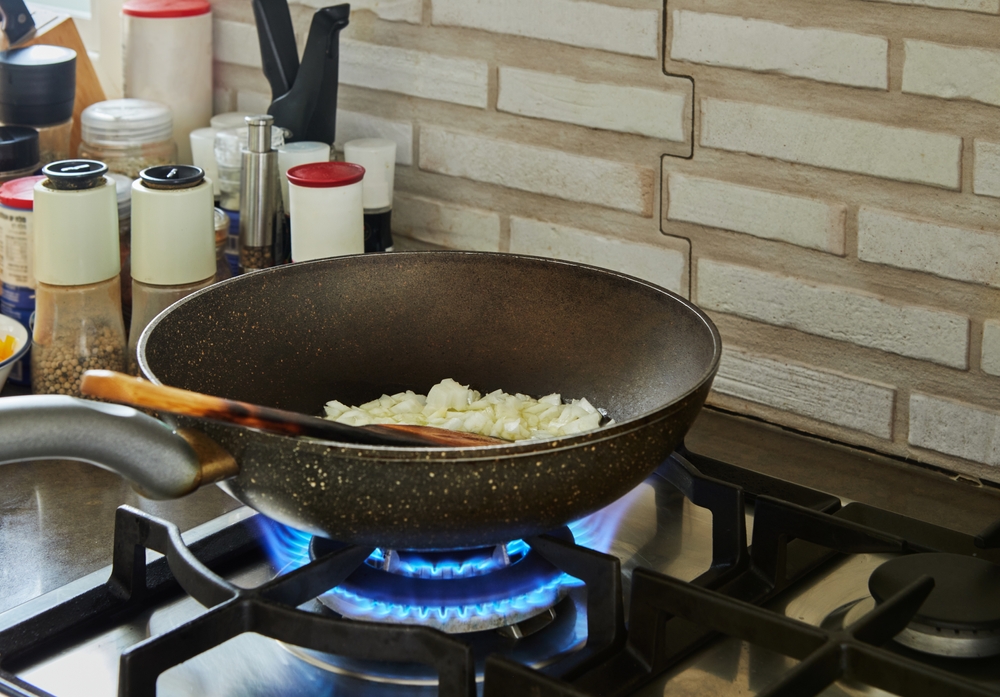
Exposing nonstick pans to high heat can deteriorate their coating over time. Most nonstick coatings are designed for low to medium heat; exceeding these temperatures can cause the surface to warp or release harmful fumes. To preserve the nonstick properties and ensure safety, always cook on low or medium heat settings. This practice not only extends the pan’s lifespan but also promotes even cooking. Overheating is a leading cause of nonstick coating damage.
Using Metal Utensils
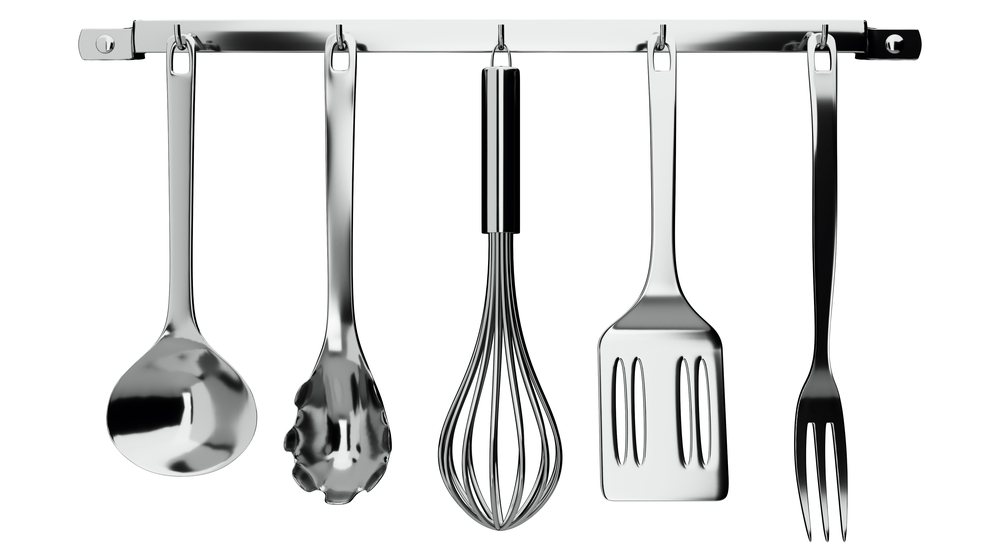
Metal utensils can scratch and damage the nonstick coating, leading to reduced effectiveness and potential peeling. Opt for wooden, silicone, or plastic utensils to maintain the integrity of the pan’s surface. These materials are gentle and prevent scratches, ensuring the nonstick properties remain intact. Consistent use of appropriate utensils significantly prolongs the pan’s usability. Avoiding metal utensils is crucial for nonstick cookware maintenance.
Using Nonstick Cooking Sprays
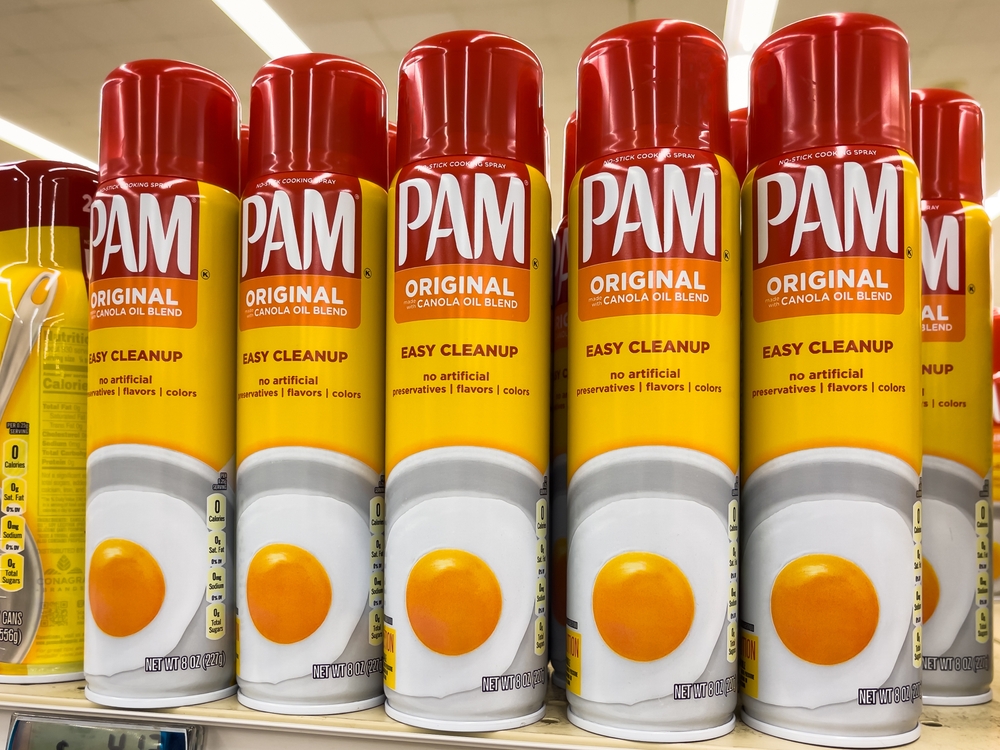
Nonstick cooking sprays can leave a residue that builds up over time, diminishing the pan’s nonstick capabilities. This buildup is often difficult to clean and can cause food to stick during cooking. Instead, use small amounts of whole fats like butter or oils, which do not leave harmful residues. Proper lubrication with suitable fats maintains the pan’s performance and eases cleaning. Avoiding cooking sprays preserves the nonstick surface effectively.
Preheating an Empty Pan
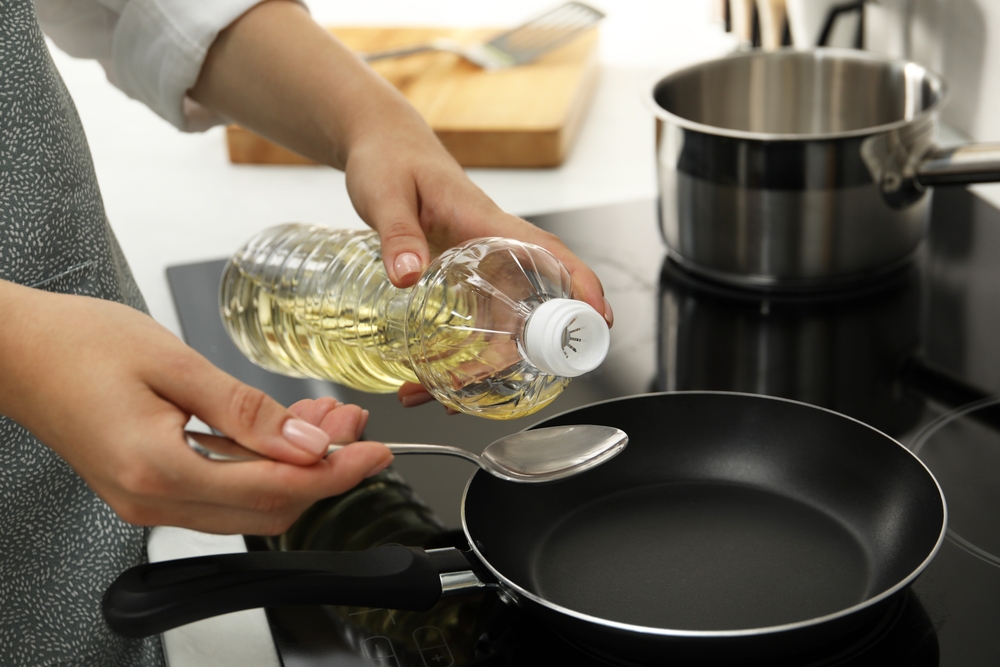
Heating an empty nonstick pan can cause it to reach high temperatures quickly, potentially damaging the coating and releasing toxic fumes. Always add a small amount of oil or butter before preheating to provide a buffer and distribute heat evenly. This practice prevents overheating and protects the nonstick surface. Maintaining appropriate preheating methods ensures safety and extends the pan’s life. Avoiding empty preheating is essential for nonstick cookware care.
Cleaning with Abrasive Materials
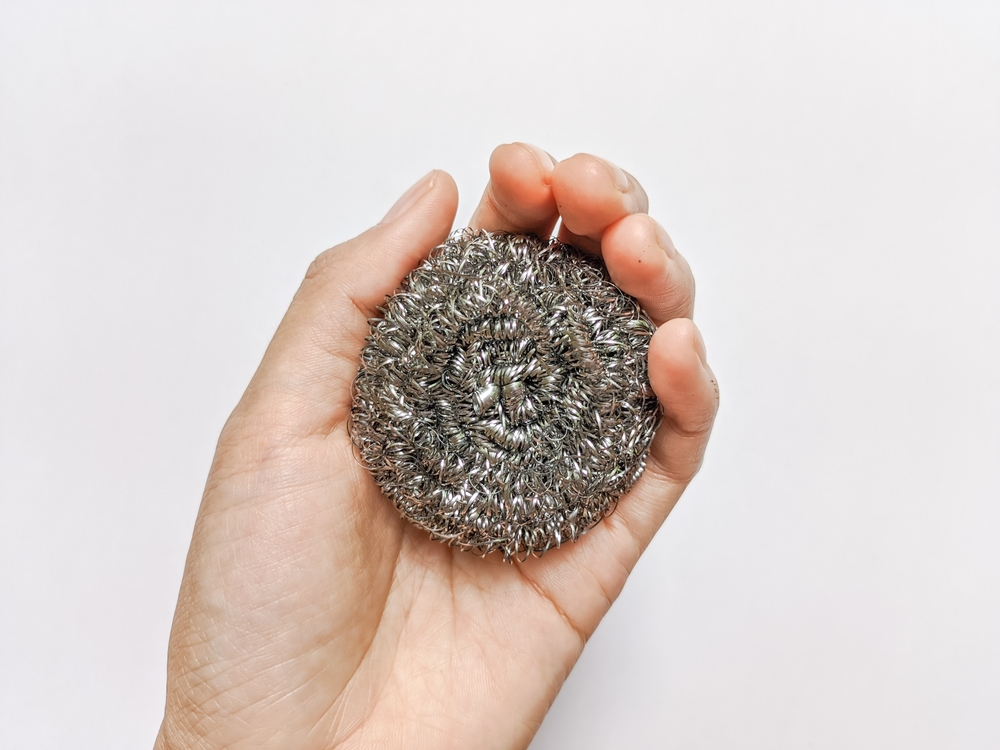
Using abrasive cleaners or scouring pads can scratch and wear down the nonstick coating. Instead, clean the pan with warm, soapy water and a soft sponge or cloth. For stubborn residues, soaking the pan can help loosen food particles without damaging the surface. Gentle cleaning methods preserve the nonstick properties and appearance of the cookware. Proper cleaning techniques are vital for maintaining nonstick pans.
Washing in the Dishwasher
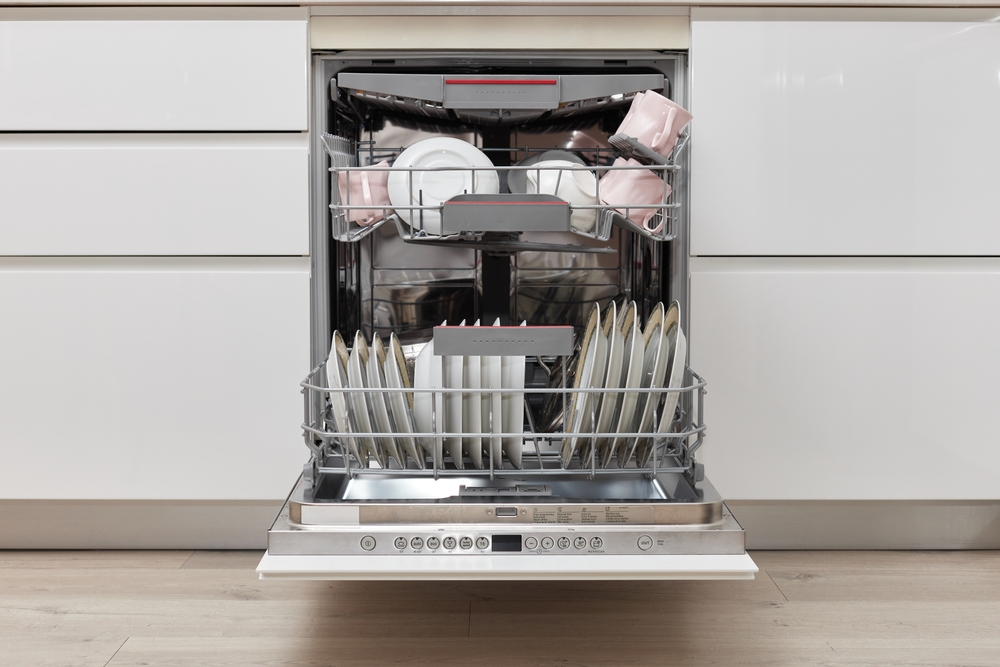
Many nonstick pans are not dishwasher safe, as the high heat and harsh detergents can degrade the coating. Hand washing with mild detergent and warm water is recommended to maintain the pan’s nonstick surface. This gentle approach prevents damage and extends the cookware’s lifespan. Always refer to the manufacturer’s care instructions regarding dishwasher use. Hand washing is generally preferred for nonstick cookware maintenance.
Storing Pans Improperly
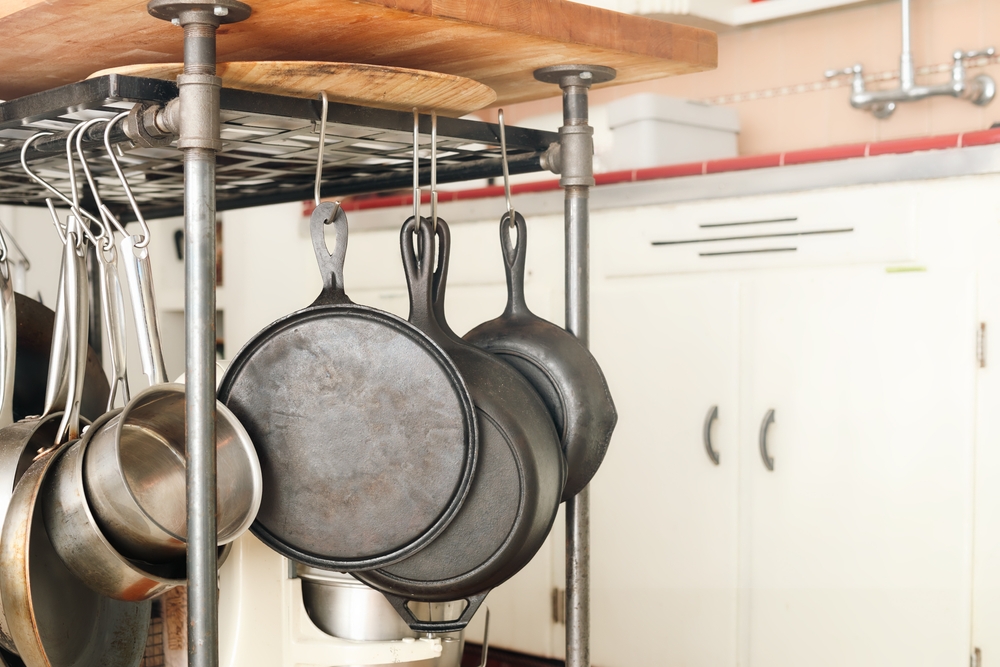
Stacking nonstick pans without protection can lead to scratches and chipping of the coating. Place a soft cloth or paper towel between pans when stacking to prevent surface damage. Proper storage practices maintain the nonstick surface and extend the cookware’s usability. Being mindful of storage methods protects your investment in quality cookware. Avoiding direct contact between nonstick surfaces prevents unnecessary wear.
Cutting Food in the Pan
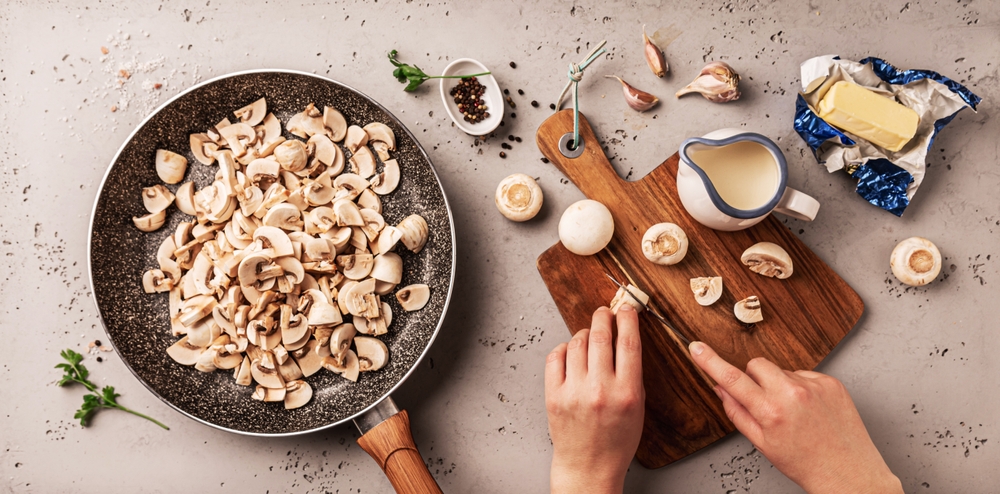
Using knives or other sharp tools directly in the nonstick pan can cause scratches and damage the coating. Always transfer food to a cutting board before slicing or cutting to protect the pan’s surface. This practice prevents accidental damage and maintains the nonstick properties. Being cautious with utensils used in the pan preserves its integrity. Avoiding direct cutting in the pan is a simple yet effective protective measure.
Cooking Acidic Foods Frequently
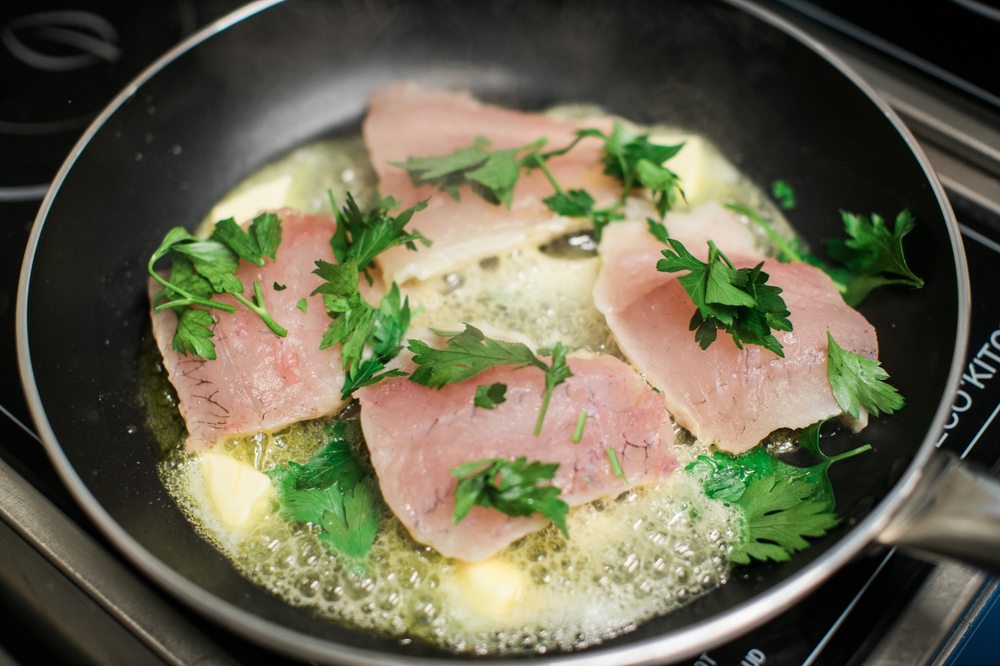
Regularly cooking acidic foods like tomatoes or citrus can wear down the nonstick coating over time. Limit the use of nonstick pans for highly acidic dishes to prolong their lifespan. Using alternative cookware for such recipes can prevent premature degradation of the nonstick surface. Being selective with the types of food cooked in nonstick pans aids in their maintenance. Understanding the impact of acidic foods on nonstick coatings is important for proper use.
Using High Heat in the Oven
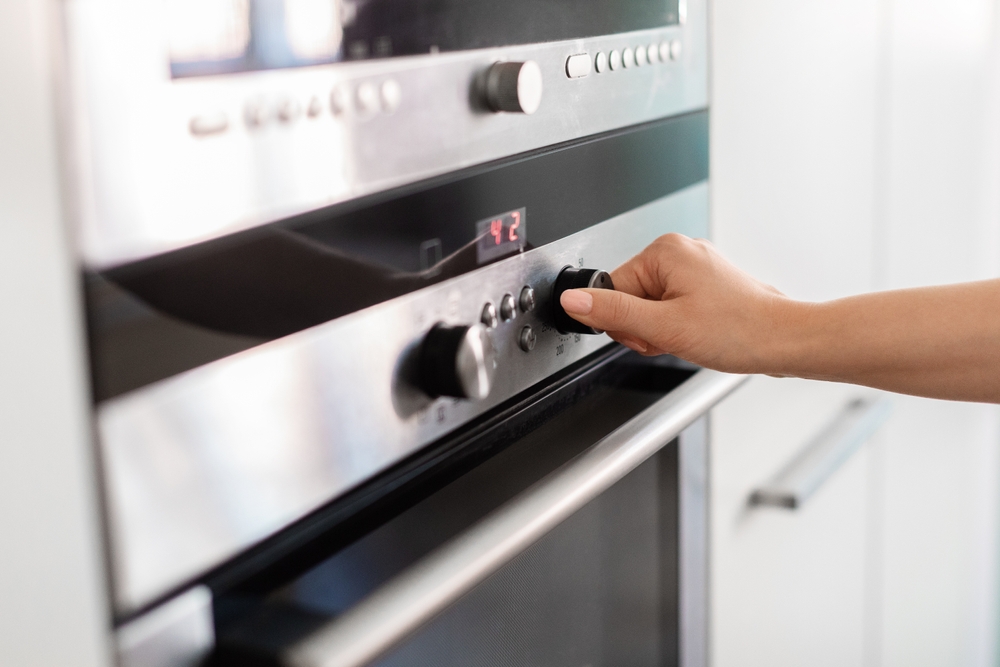
Many nonstick pans are not designed to handle high oven temperatures, which can damage the coating. Always check the manufacturer’s instructions for the maximum oven-safe temperature. If necessary, use oven-safe alternatives like stainless steel or cast iron for high-heat baking. This ensures your nonstick pan maintains its quality and prevents safety concerns. Avoiding excessive heat in the oven is critical to preserving your cookware.
Leaving Residue After Cleaning
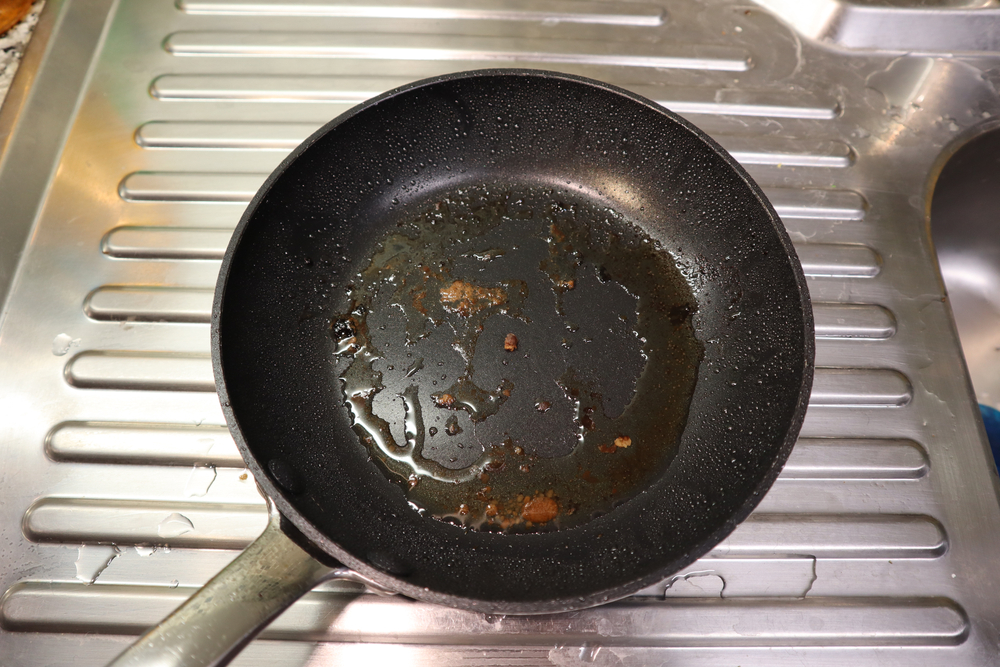
Allowing food residue to remain on the pan after cleaning can degrade the nonstick coating over time. Always wash nonstick pans thoroughly after each use to remove any stuck-on bits. Use warm water, mild detergent, and a non-abrasive sponge to maintain the surface. This practice not only protects the coating but also ensures hygienic cooking. Residue-free cleaning is a simple step to prolong your cookware’s life.
Rapid Temperature Changes
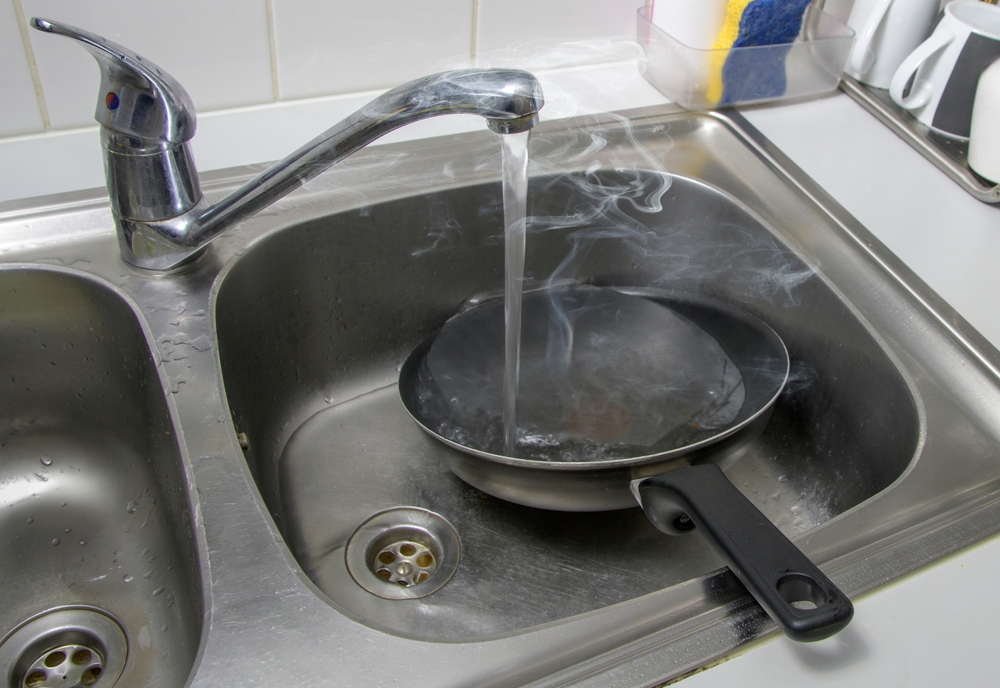
Suddenly exposing a hot nonstick pan to cold water can cause it to warp or crack. Allow the pan to cool naturally before cleaning it with warm water. This prevents stress on the material and ensures the coating stays intact. Rapid temperature changes are a common mistake that can lead to irreversible damage. Practicing patience when cooling your cookware is essential for its longevity.
Disposing of Damaged Pans Incorrectly
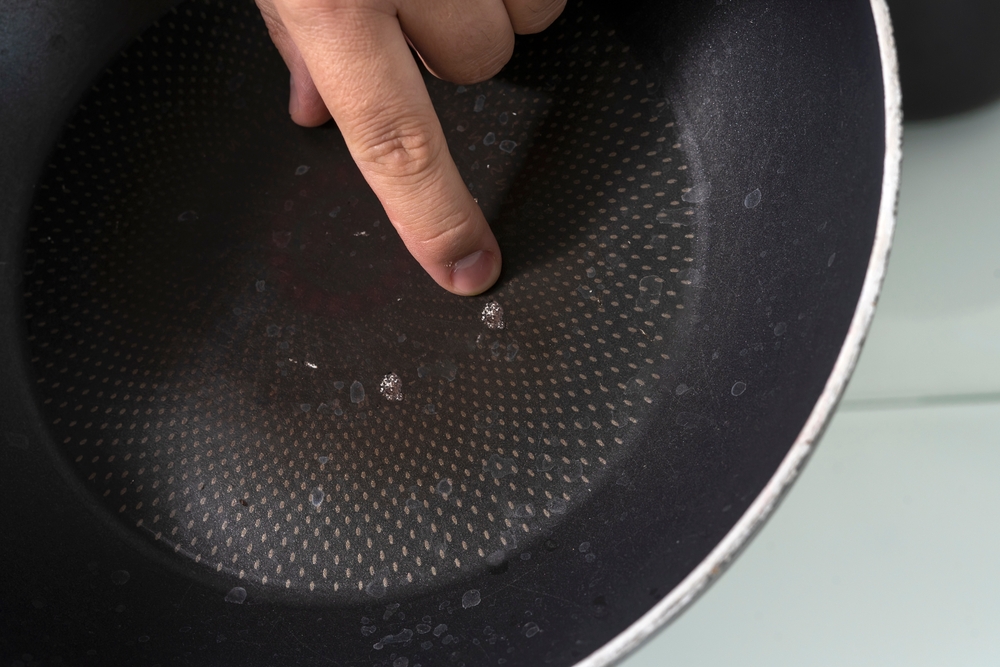
Continuing to use a nonstick pan with a severely damaged or peeling coating can pose health risks. Once the coating begins to wear off, it’s best to replace the pan to ensure safe cooking. Research your local recycling programs for proper disposal of nonstick cookware. Many areas offer recycling options for damaged pots and pans to minimize environmental impact. Responsible disposal is as important as proper use when it comes to nonstick cookware.
This article originally appeared on RetailShout.
More From RetailShout
15 Seasonal American Comfort Foods to Warm You Up This Winter
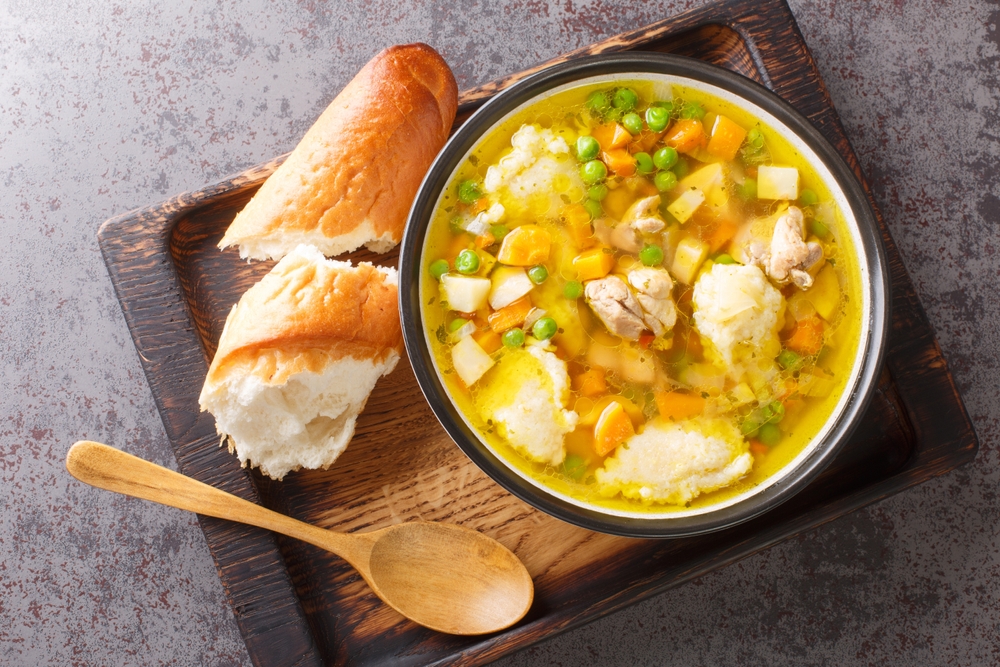
Winter is here, and there’s no better way to warm up than with comforting, hearty meals. From creamy soups to savory stews, seasonal American comfort foods offer the perfect way to enjoy the chilly season. Read More.
10 Fresh Aldi Finds to Kick Off January 2025
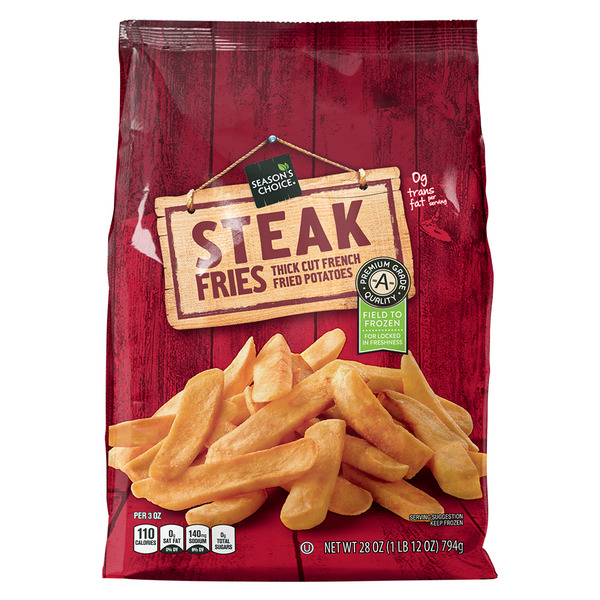
Start the new year with some exciting finds at Aldi that’ll make January feel a little brighter. From hearty snacks to cozy meal options, Aldi has something special to keep your pantry stocked and your taste buds happy. Read More.
10 Mouthwatering Baby Back Ribs Recipe for Grilling or Baking Perfection
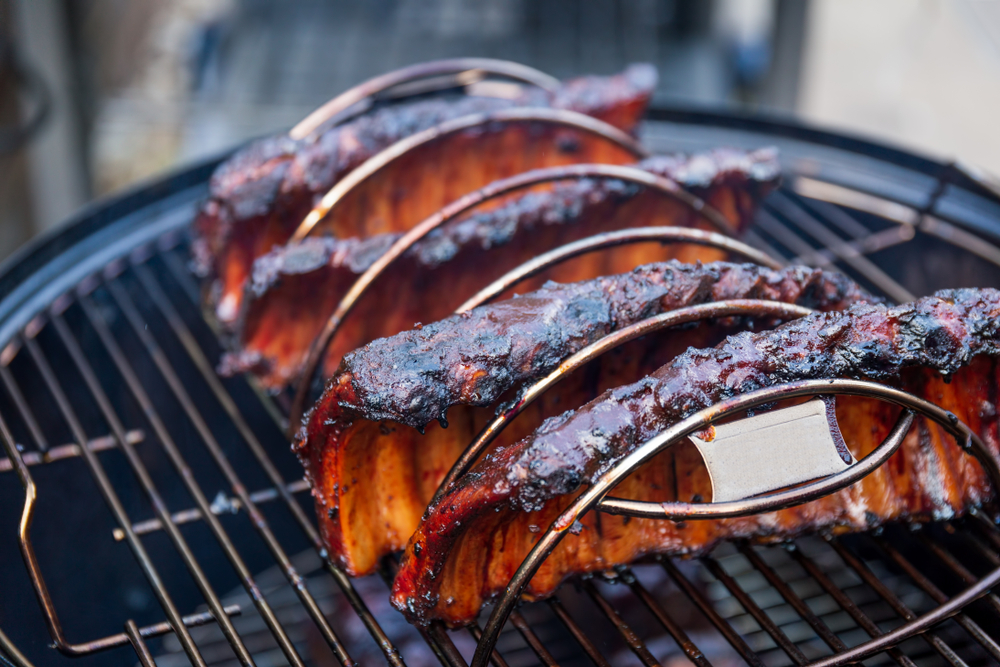
Grilling or baking baby back ribs is one of the best ways to bring out their tender, juicy goodness with a variety of delicious flavors. Whether you’re a fan of tangy, spicy, or sweet, there’s a perfect recipe for every taste. Read More.

